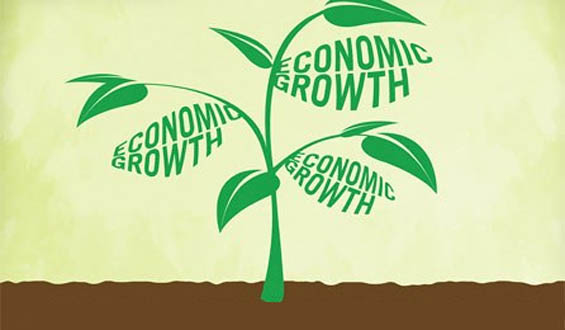The Peruvian economy, which is the seventh largest in Latin America, has experienced a structural change in the past three decades. Currently, the services sector is the main contributor to the country’s GDP, with nearly 60% of GDP stemming from this sector. Telecommunications and financial services are the main branches of the services sector; together they account for nearly 40% of GDP. However, the country still has a long way to go toward the modernization and competitiveness of its service sectors. Industry, which represents around 35% of GDP, has undergone a process of modernization, which has translated into increased employment in the country’s primary industrial areas.
In the past five years since GDP decelerated sharply in 2009, the economy has built on solid growth fundamentals. Domestic demand has been the main driver of growth as an overall improvement in confidence in the economy has boosted domestic consumption and investment. The combination of economic modernization, natural resource abundance and continued improvements in economic governance and political stability that have been taking place, are helping Peru to emerge as one of the most stable economies in Latin America. (Focus Economics,13 October 2015)
In Peru the composition of the population on different aspects is illustrated below.
PWL Social economic context
